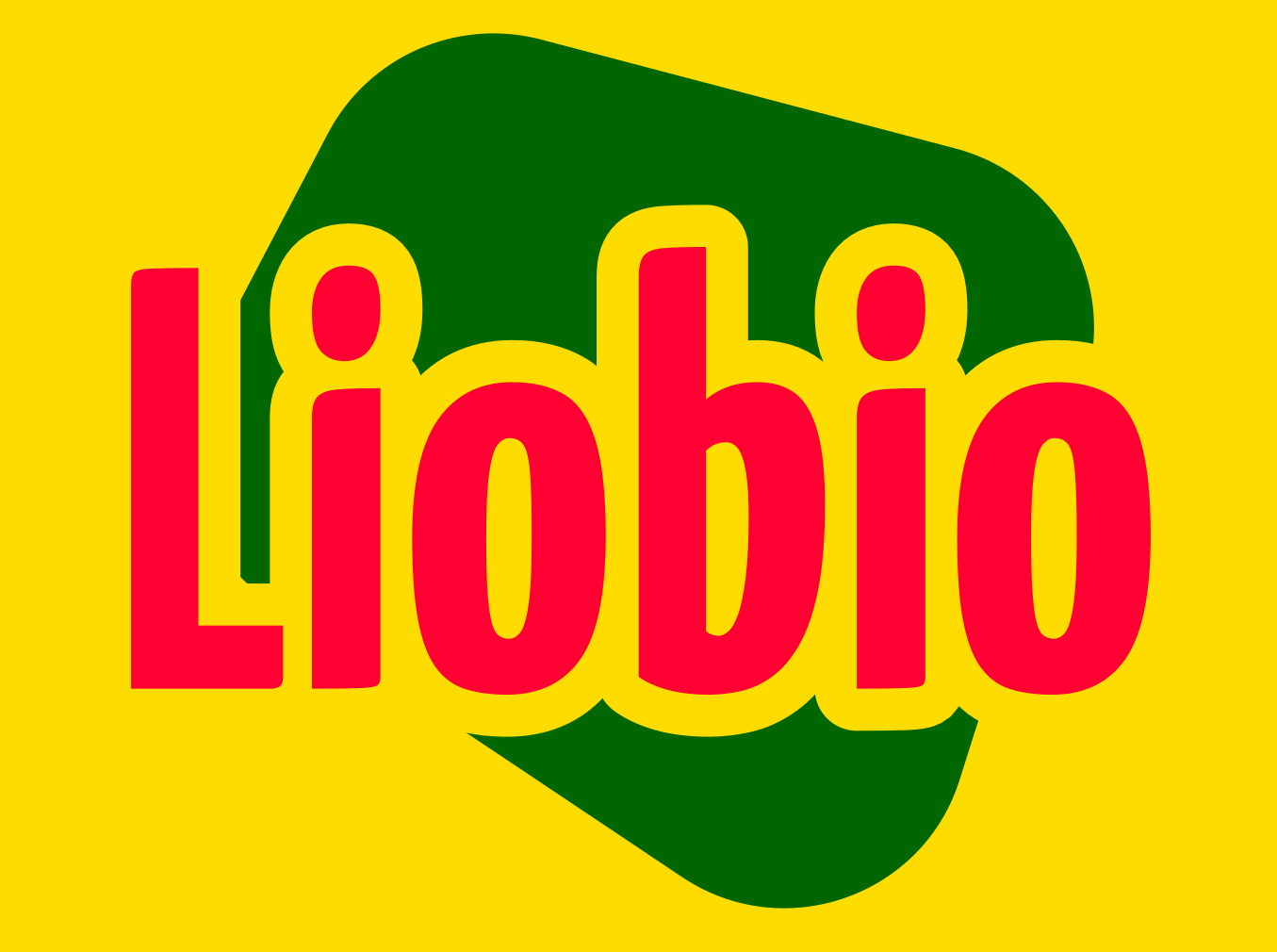In the age of smart homes and personalized living spaces, creating customized home gadgets with a 3D printer offers endless possibilities. From bespoke kitchen tools to tailor-made organizers, 3D printing empowers you to design and fabricate items that perfectly fit your needs and aesthetics. Here's a comprehensive guide on how to make customized home gadgets with a 3D printer.
Why Customize Home Gadgets with a 3D Printer?
Personalization
3D printing allows you to create gadgets that match your specific requirements and preferences. Whether it's the size, shape, color, or functionality, you have complete control over the design.
Innovation
By designing and printing your own gadgets, you can innovate and improve upon existing products. This fosters creativity and problem-solving, enabling you to develop unique solutions for everyday challenges.
Cost-Effectiveness
3D printing can be a cost-effective way to produce customized gadgets. It eliminates the need for expensive molds and manufacturing processes, allowing you to create high-quality items at a fraction of the cost.
Sustainability
3D printing reduces waste by allowing you to produce only what you need. It also enables the use of eco-friendly materials, contributing to a more sustainable lifestyle.
Getting Started: Tools and Materials
1. 3D Printer
Choose a 3D printer that suits your needs and budget. Popular options include FDM (Fused Deposition Modeling) printers for beginners and SLA (Stereolithography) printers for high-detail prints.
2. Filament
Select the appropriate filament for your project. PLA (Polylactic Acid) is ideal for most home gadgets due to its ease of use and eco-friendliness. For more durable items, consider PETG (Polyethylene Terephthalate Glycol) or ABS (Acrylonitrile Butadiene Styrene).
3. CAD Software
Use CAD (Computer-Aided Design) software to create your designs. Tinkercad and Fusion 360 are popular choices for beginners and professionals alike.
4. Slicing Software
Slicing software converts your 3D model into a format that your printer can understand. Cura and PrusaSlicer are widely used and offer robust features.
Designing Your Customized Gadgets
1. Identify the Need
Start by identifying a need or problem in your home that a customized gadget can solve. This could be anything from a unique kitchen tool to a tailored storage solution.
2. Sketch Your Ideas
Create rough sketches of your ideas. Consider the dimensions, functionality, and aesthetics of the gadget. This will help you visualize the final product and make necessary adjustments.
3. Create a 3D Model
Using your CAD software, create a 3D model of your gadget. Pay attention to details such as tolerances, fit, and structural integrity. If you're new to CAD, start with simple designs and gradually tackle more complex projects.
4. Test and Iterate
Print a prototype of your design and test it for functionality and fit. Take note of any issues and make necessary adjustments to your 3D model. Iterating on your design ensures the final product meets your expectations.
Popular Customized Home Gadgets to Print
1. Kitchen Tools
Custom Spatulas: Design spatulas with unique shapes and sizes tailored to your cooking needs.
Measuring Spoons: Create measuring spoons with precise measurements that fit your storage solutions.
Herb Dryers: Print stackable trays for drying herbs and spices efficiently.
2. Bathroom Accessories
Toothbrush Holders: Design holders that fit your toothbrushes and match your bathroom decor.
Soap Dishes: Create soap dishes with drainage holes to keep your soap dry and extend its lifespan.
Shower Hooks: Print hooks for hanging razors, loofahs, and other shower essentials.
3. Office Supplies
Cable Organizers: Design organizers to keep your cables tidy and prevent tangling.
Pen Holders: Create unique pen holders that match your desk setup and hold all your writing instruments.
Laptop Stands: Print ergonomic laptop stands to improve your working posture.
4. Living Room Decor
Customized Coasters: Design coasters with personalized patterns and shapes to protect your furniture.
Planter Pots: Create stylish planter pots that fit your plants and enhance your living space.
Remote Holders: Print holders that keep all your remotes organized and easily accessible.
Tips for Successful 3D Printing
1. Optimize Print Settings
Ensure your print settings are optimized for the filament and design you're using. This includes adjusting the temperature, print speed, and layer height.
2. Use Supports and Adhesion Aids
For complex designs, use supports and adhesion aids to ensure successful prints. These can be removed after printing to achieve a clean finish.
3. Post-Processing
Post-process your prints to improve their appearance and functionality. This can include sanding, painting, or adding additional components.
4. Keep Learning
Stay updated with the latest advancements in 3D printing technology and techniques. Join online communities, attend workshops, and experiment with new materials and designs.
Conclusion
Creating customized home gadgets with a 3D printer is a rewarding and innovative way to enhance your living space. By leveraging the power of 3D printing, you can design and fabricate gadgets that perfectly meet your needs and preferences. Start with simple projects, iterate on your designs, and gradually tackle more complex creations. Happy printing!




